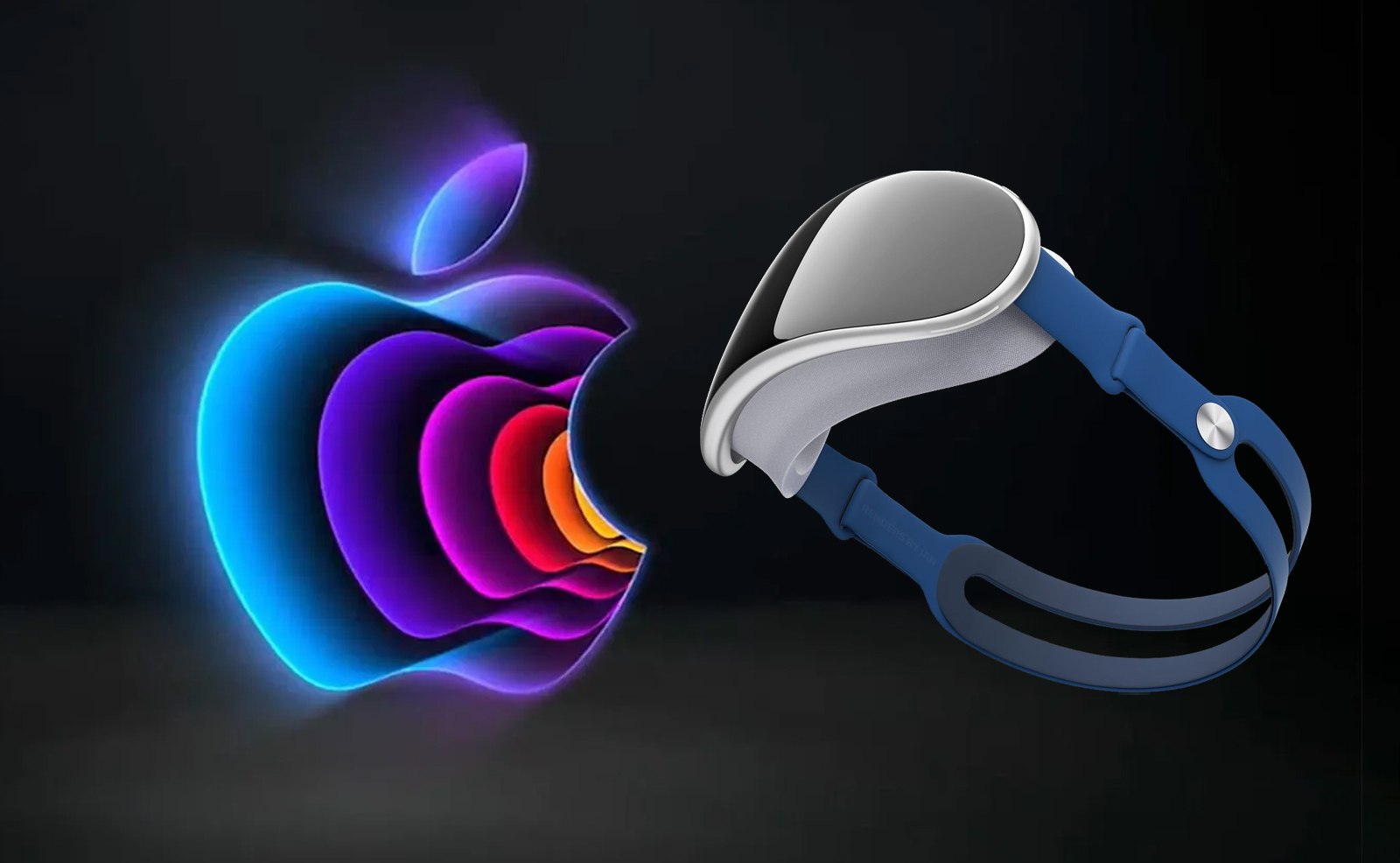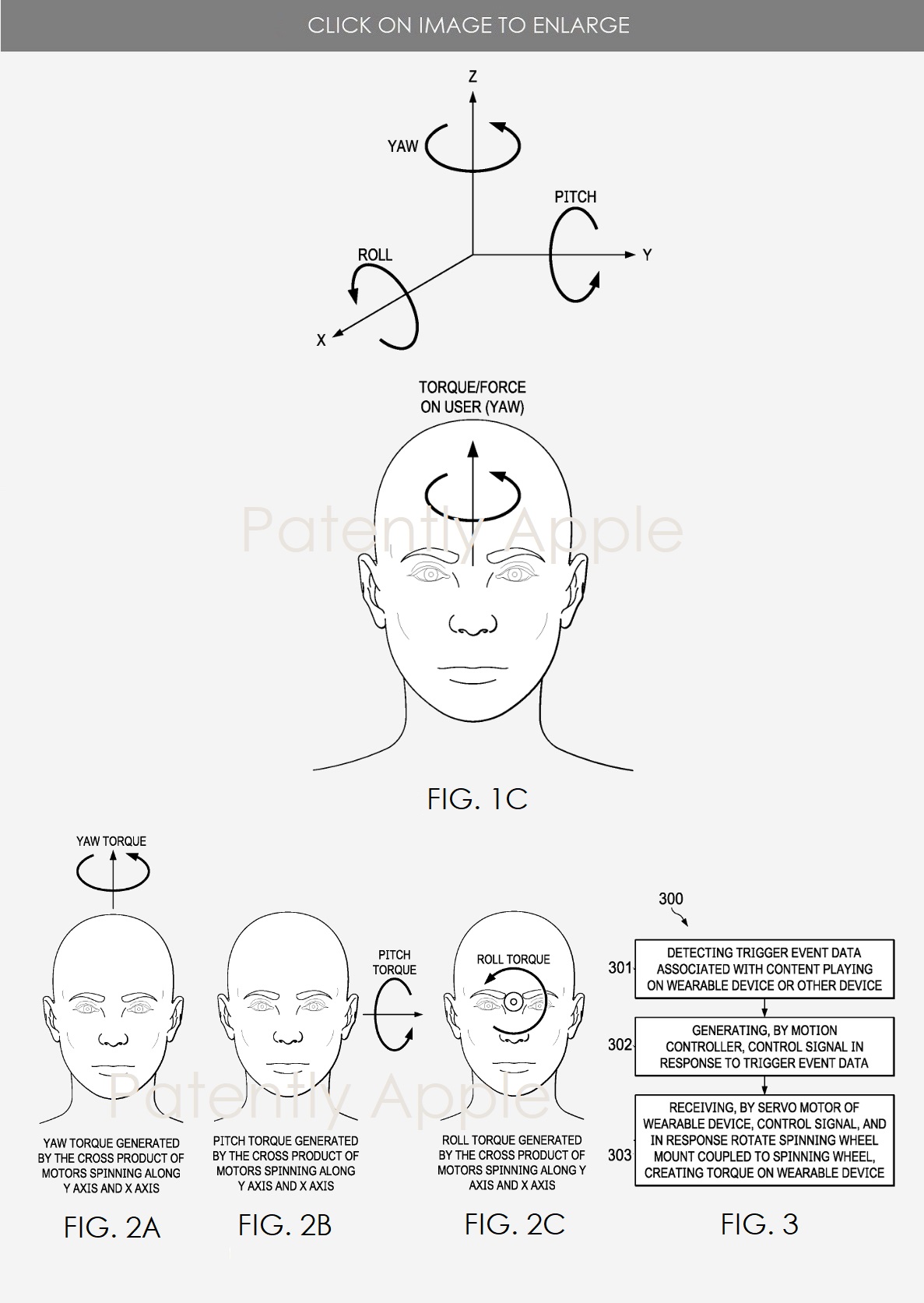Apple's new VR headset patent hints at a unique facial feedback experience
Looks like there's a facial feedback system coming with Apple's extended reality experience.

Apple's swanky new extended reality headset is on the way, and leaks are hinting at a 2023 launch. We've heard a lot about what is coming, and it appears that Apple's offering will be a premium headset that will land at a price that is between $2,000 and $3,000. As such, you can expect it to be packed with hardware and software innovations that justify that asking price.
Patently Apple recently reported that Apple has snagged a patent for a Gyroscopic Precession Engine for HMD (head-mounted display). It appears that this will be one of the technologies used in the upcoming Apple VR headset.
The engine will deliver an immersive experience for movies and games, says report

The U.S. Patent and Trademark Office has granted the patent to Apple, and it has to do with a gyroscopic precession engine for head-mounted displays. What this means is that this engine will process a bunch of motion data and give better haptic feedback to deliver a better movement experience when playing games or watching movies.
Patently Apple notes that the patent filing discusses that an engine like this, consisting of torque delivery, is needed for immersive content to deliver better haptic feedback as opposed to the regular haptic feedback found in phones and such.
The engine will provide a force sensation on the viewer's face instead of just vibration and can be used in several places in the headset. Here are the advantages of the engine, as per the report:
"The gyroscopic precession engine also improves immersive media content for movies and games by providing a continuous torque/force on a user's head/neck or other body part that is synced with visual content, such as creating a sensation of air wave pressure (e.g., from an explosion scene), creating a sensation of centrifugal force (e.g., a bumpy roller coaster ride or car racing), head/neck/hand/wrist exercising (e.g., providing a counter torque to the user's motion), ergo correction (e.g., notify or guide the user to a fix bad sitting or standing posture) and providing reaction force feedback in VR applications (e.g., boxing an object and feeling a reaction force on the hand/wrist)."
The patent showcases a headset with the engine embedded in it that could be close to the final product. As such, we can expect to see some sort of facial feedback powered by this newly-patented engine in the Apple VR headset when it arrives.
Master your iPhone in minutes
iMore offers spot-on advice and guidance from our team of experts, with decades of Apple device experience to lean on. Learn more with iMore!

Palash has been a technology and entertainment journalist since 2013. Starting with Android news and features, he has also worked as the news head for Wiki of Thrones, and a freelance writer for Windows Central, Observer, MakeUseOf, MySmartPrice, ThinkComputers, and others. He also worked as a writer and journalist for Android Authority, covering computing, before returning to freelancing all over town.
